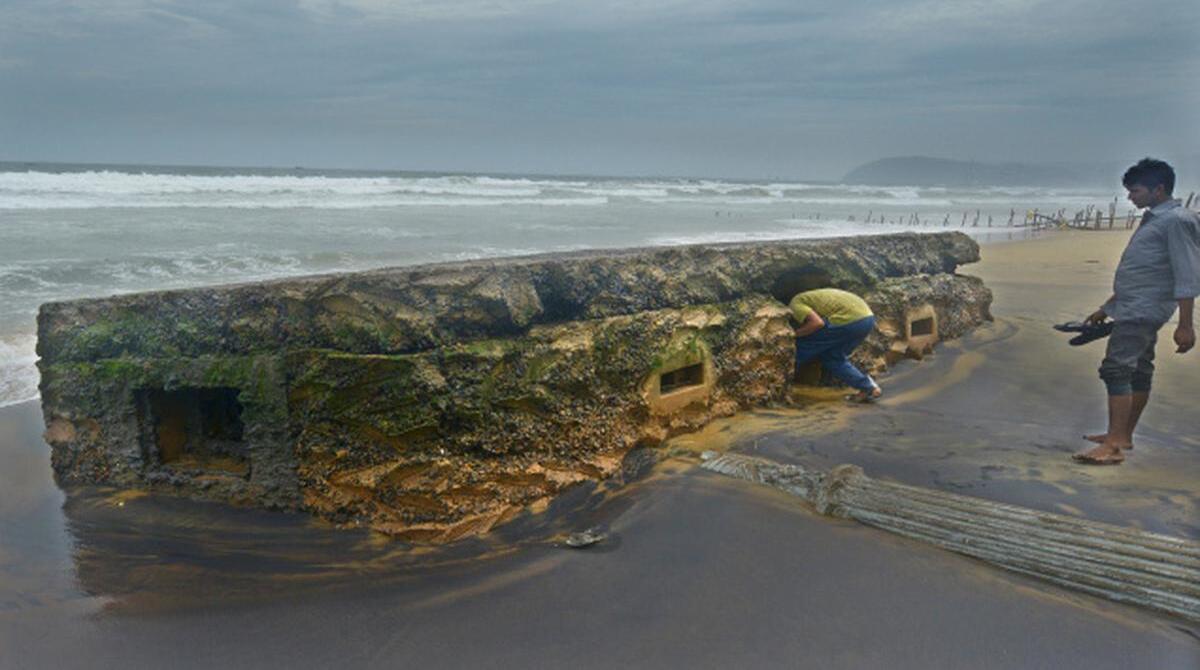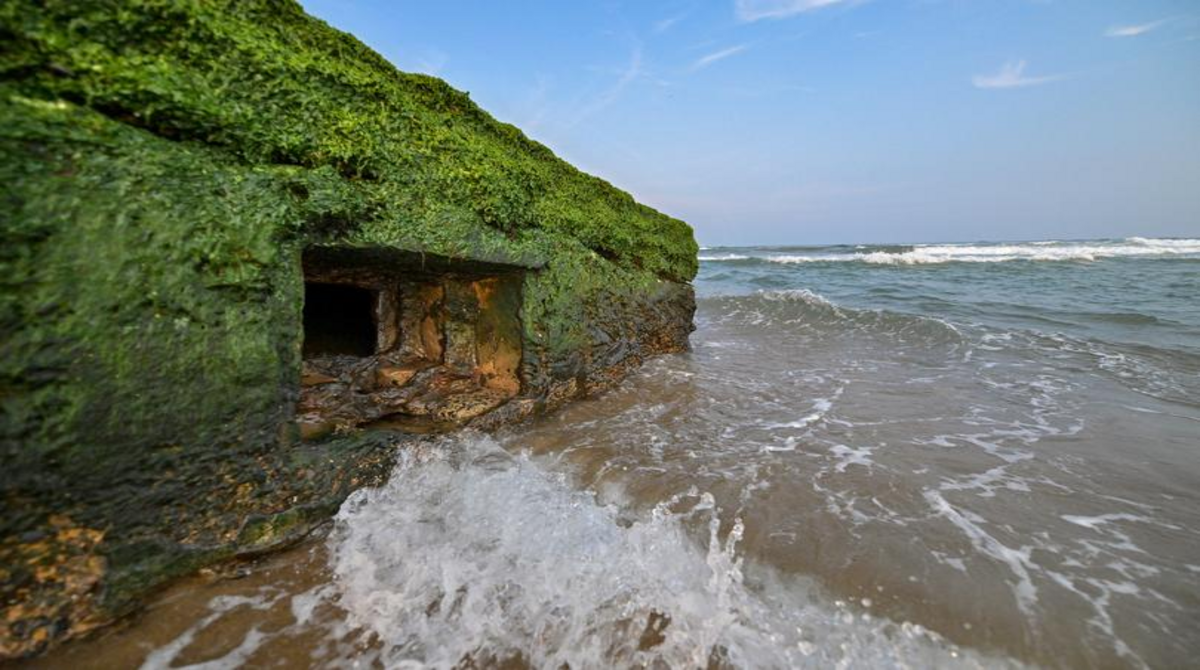World War II Bunkers in Visakhapatnam: Forgotten Sentinels on India’s Eastern Coast
Scattered along Visakhapatnam’s coastline, half-buried in weeds and often overlooked, are remnants of a war that once touched India’s eastern shores. The World War II bunkers, built in concrete with narrow observation slits, stand as silent reminders of a turbulent time when the Bay of Bengal was a war zone.
On September 24, 1942, the calm waters off Visakhapatnam were disrupted when a Japanese submarine attacked Allied shipping. A mercantile vessel anchored near the coast was struck, sending shockwaves through the city. Though the damage was limited, the incident highlighted the vulnerability of India’s eastern seaboard to enemy strikes.
In response, British authorities fortified Visakhapatnam. The Dolphin’s Nose promontory, already a landmark for sailors, became a lookout point. Bunkers were constructed along the shoreline—from Lawson’s Bay to the Old Town—to monitor the sea and protect against further attacks.

Visakhapatnam’s natural harbour and ship repair facilities made it a strategic hub for Allied naval operations. “The bunkers were not ornamental structures. They were part of a real defensive grid,” says a retired professor from Andhra University. “Vizag was an important supply base, and the Japanese Navy knew it. The 1942 attack proved that.”
Many of these bunkers still exist, though time has not been kind. Some are hidden behind overgrowth, others repurposed for storage, and many stand neglected near the coast. Their thick walls endure, but their history is slowly fading from public memory.
For families with wartime memories, the stories remain vivid. “My grandfather recalled people running to shelters whenever sirens sounded. The bunkers gave them some comfort,” says Rajesh, a resident of the Old Town.
Despite their historical significance, the bunkers have not been formally recognised or conserved. Heritage enthusiasts argue that they represent a rare chapter of India’s wartime history. “Few cities in India have visible World War II remnants. Vizag’s bunkers connect us to a global conflict that reached our doorstep,” says heritage activist Lakshmi Prasad.
As Visakhapatnam evolves into a modern naval hub, calls to preserve these wartime relics are growing. Integrating the bunkers into heritage tourism could offer younger generations a tangible connection to history. “They can tell a powerful story, especially for those who may not know that the Japanese Navy once attacked Vizag,” adds Prasad.
For now, the bunkers remain scattered and largely unnoticed, yet within their walls lies a chapter of global history that once unfolded on India’s eastern shores.



